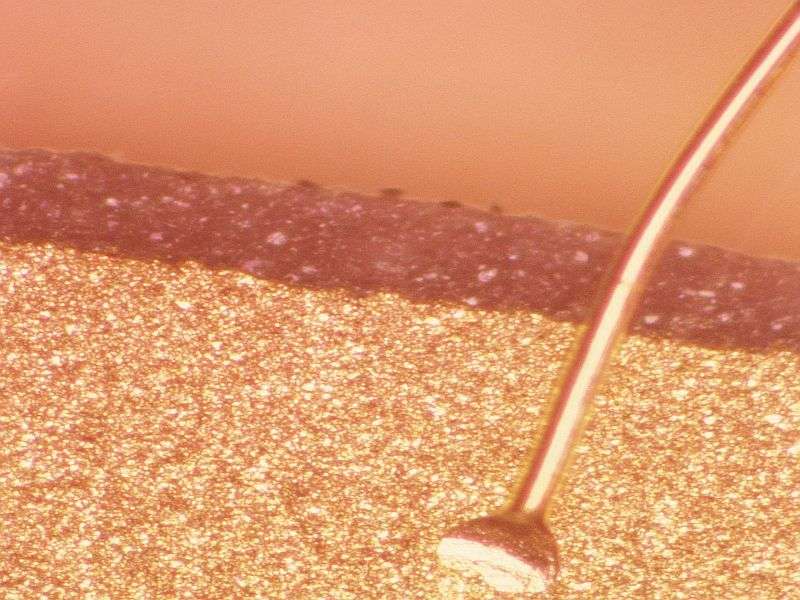(HealthDay)—Patients with alopecia areata (AA) and androgenetic alopecia (AGA) have significantly lower serum and tissue levels of vitamin D receptors (VDRs), according to a study published online May 6 in the Journal of Cosmetic Dermatology.
Marwa M.T. Fawzi, M.D., from Cairo University, and colleagues examined VDRs in the skin and blood in 20 patients with AA, 20 with AGA, and 20 healthy controls. VDR levels were detected in blood samples and lesional scalp biopsies.
The researchers found that AA and AGA patients had lower serum and tissue VDR levels (P = 0.000). In each group, serum and tissue VDR were positively correlated. Females with AA had significantly lower tissue VDR than males (P = 0.046); females with AGA had significantly higher serum and tissue VDR levels than males (P = 0.004).
"This study suggests an important role for VDR in the pathogenesis of AA and AGA through documenting lower serum and tissue VDR levels in AA and AGA patients in comparison with controls," the authors write.
More information:
Abstract
Full Text (subscription or payment may be required)
Copyright © 2016 HealthDay. All rights reserved.
























